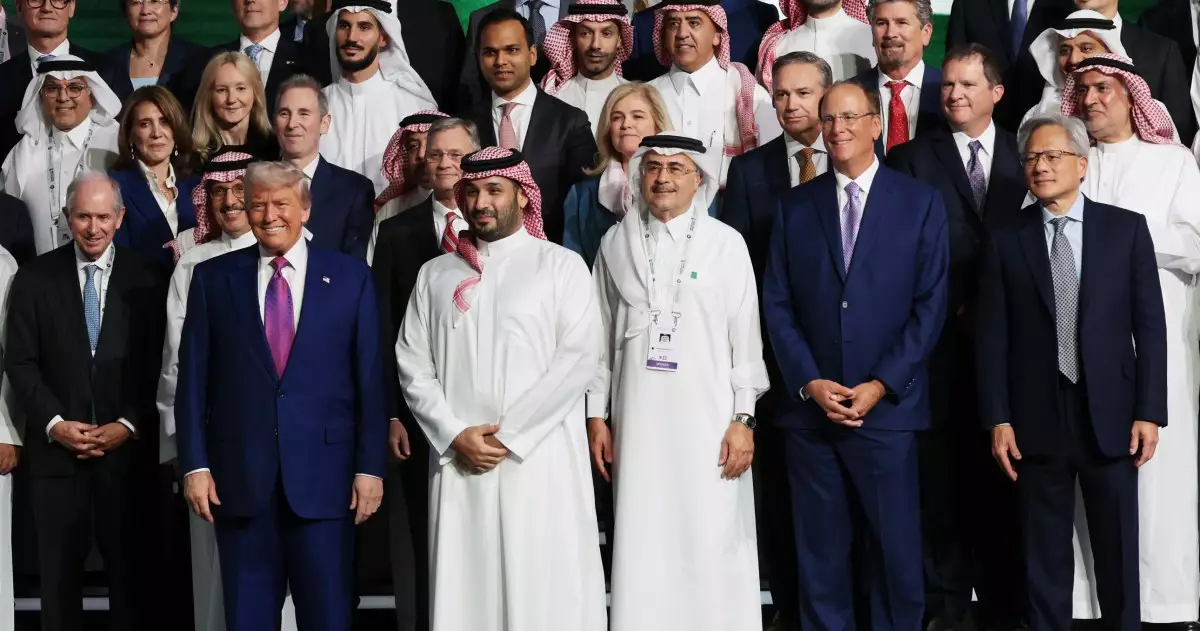An era of unprecedented technological advancements is encapsulated in Nvidia’s journey towards maintaining dominance in the highly competitive AI chip market. Originally perceived as a formidable challenge to Nvidia’s reign, several obstacles have been mitigated, allowing the company to reinforce its vital position. This situation is not merely a testament to Nvidia’s resilience but also showcases a calculated navigation through complex geopolitical landscapes. The recent lifting of export limits on US-made AI chips by the Department of Commerce (DOC) is a pivotal moment that catalyzes Nvidia’s strategic expansion, particularly in international markets.
Political Alignment and Strategic Decisions
Nvidia’s rapport with prevailing political powers has undoubtedly played a significant role in its success. The company’s overtures to the Trump administration have now borne fruit, allowing for the removal of restrictions that once threatened to suffocate its market share. The previous AI Diffusion Rule, which would have necessitated cumbersome government permission to export AI chips, has been rescinded. This change signifies more than just regulatory relief; it exemplifies Nvidia’s aptitude for alliances that bolster its operational latitude. By sidestepping this legislative blockade, Nvidia can reaffirm its stronghold, especially against rising competitors worldwide.
However, the impulse towards a deregulated market often raises eyebrows. The DOC’s justification for the rollback highlights a dichotomy between fostering innovation and ensuring national security. While the original intent to shield American technology from adversaries like China and Russia was noble, it risked dismantling years of investment in innovation. Nvidia’s apprehension about the negative implications of this rule speaks volumes about the fine line that tech giants must tread between navigating almighty governments and pursuing unparalleled growth.
A Counteroffensive Against Huawei’s Competition
In the realm of AI chips, competition is relentless. The Chinese giant Huawei has emerged with its own Ascend processors, representing a significant challenge to Nvidia’s market supremacy. The US government’s crackdown on Huawei’s technology under export control agreements showcases a further tactical maneuver aimed at limiting competition from emerging alternatives. To squash possible rivals and secure its top spot, Nvidia must not only excel in chip performance but also adeptly leverage geopolitical tensions that undermine competitors’ stability.
Nonetheless, this strategic offensive invites scrutiny. The actions taken against Huawei might create an artificial landscape where competition is strangled rather than cultivated. Innovation thrives in environments where multiple players can contribute, suggesting that Nvidia’s greatest asset could well be collaborative growth, rather than exclusionary practices.
A Dynamic Leadership Coalition
The recent Tech Summit in Saudi Arabia illustrated how interconnected the worlds of technology and political power have become. Nvidia CEO Jensen Huang’s participation alongside notable figures such as Elon Musk and Lisa Su underscores a sense of unity among tech leaders in their pursuit of AI investments. The public declaration of geopolitical alignment at such forums often sparks concerns regarding monopolistic practices, as the convergence of power can sideline smaller players eager for a spot in the AI revolution.
However, one cannot overlook the potential for constructive partnership within this concentrated leadership coalition. By acting together, these tech stalwarts have the capacity to galvanize significant investments into AI development, which can benefit an array of industries while setting new standards. Huang’s past reservations towards political engagement have seemingly transformed, marking a pivotal shift in Nvidia’s approach to navigating the complexities of modern tech governance.
Reimagining Global AI Leadership
The agility with which Nvidia adapts to changing landscapes not only fortifies its own objectives but also redefines how global economies perceive AI technology. As it becomes clear, innovations are not merely about algorithmic advancements or chip efficiency; the ability to maneuver through political intricacies is equally vital. Future competition will increasingly revolve around not just technology but also how entities engage with government relations and international diplomacy.
Ultimately, as Nvidia ushers in this new chapter of AI leadership, the implications of its power dynamics will reverberate far beyond business. The company is not just a pioneer in AI chip development; it’s crafting the future framework of technology governance. The challenge lies not only in sustaining its dominance but also in ensuring that along the way, fairness, competition, and innovation remain at the forefront of this tech evolution.

